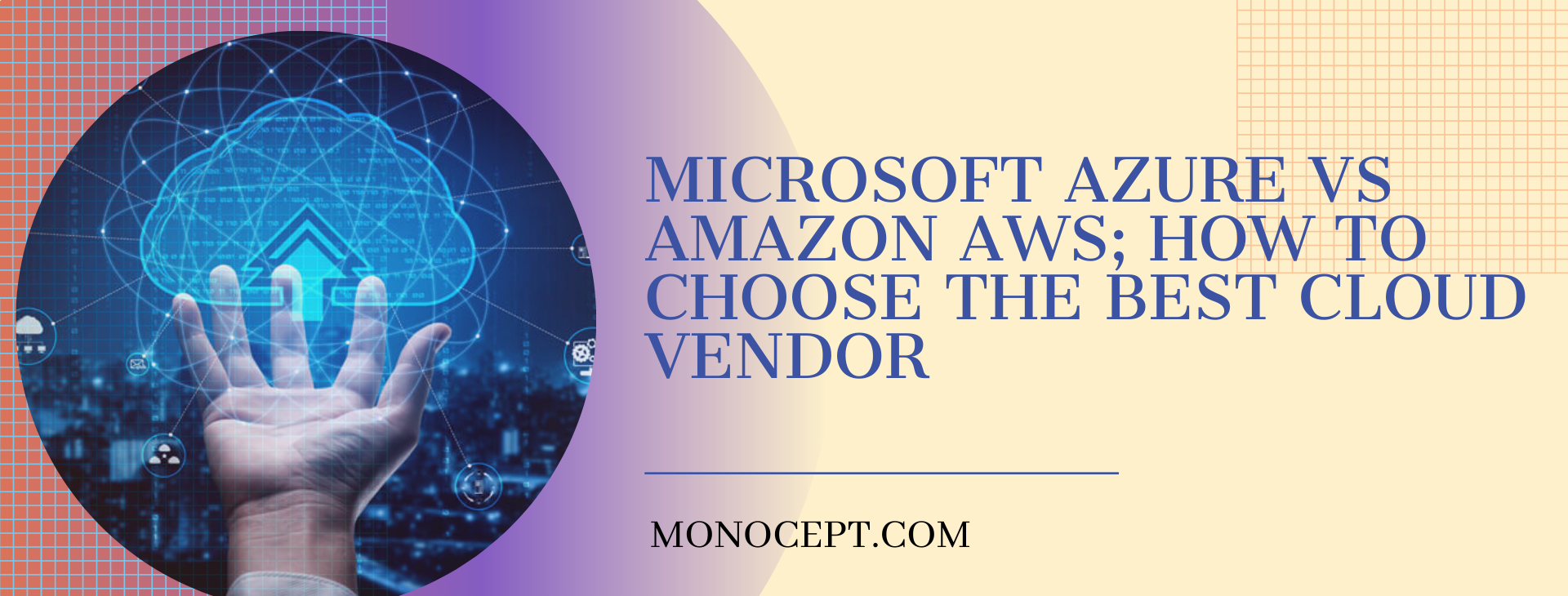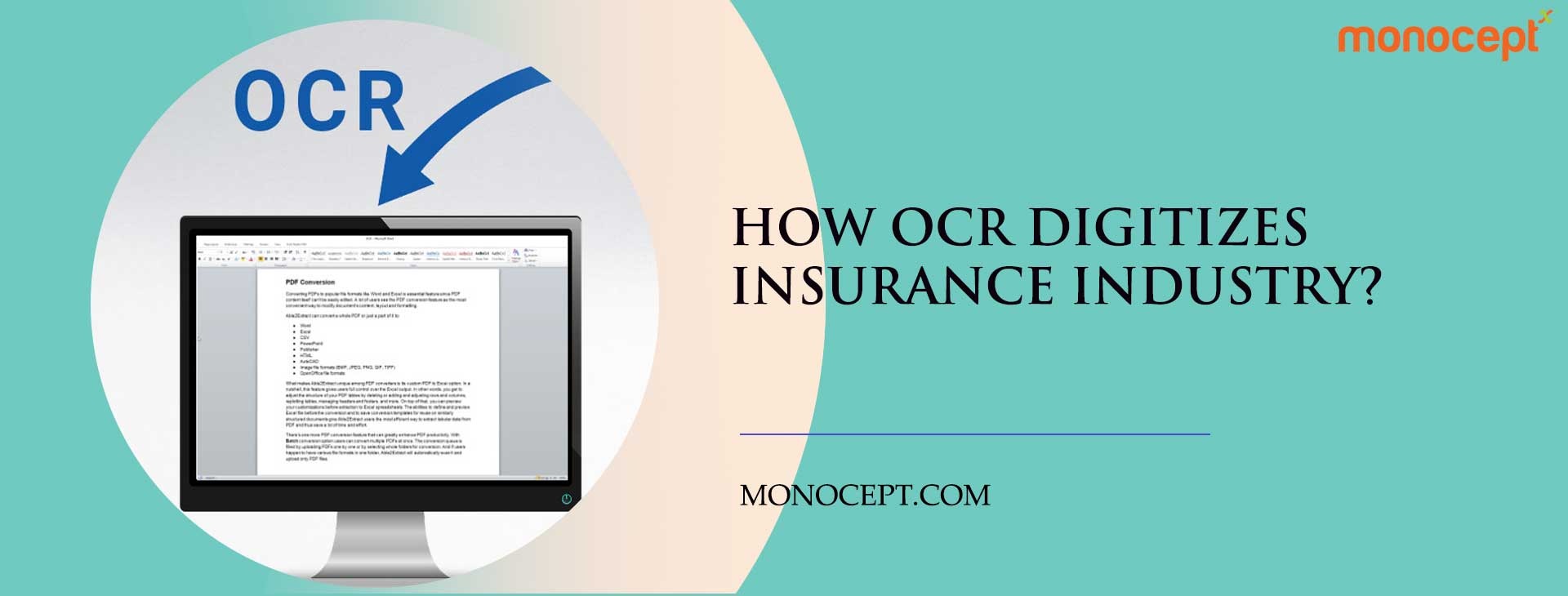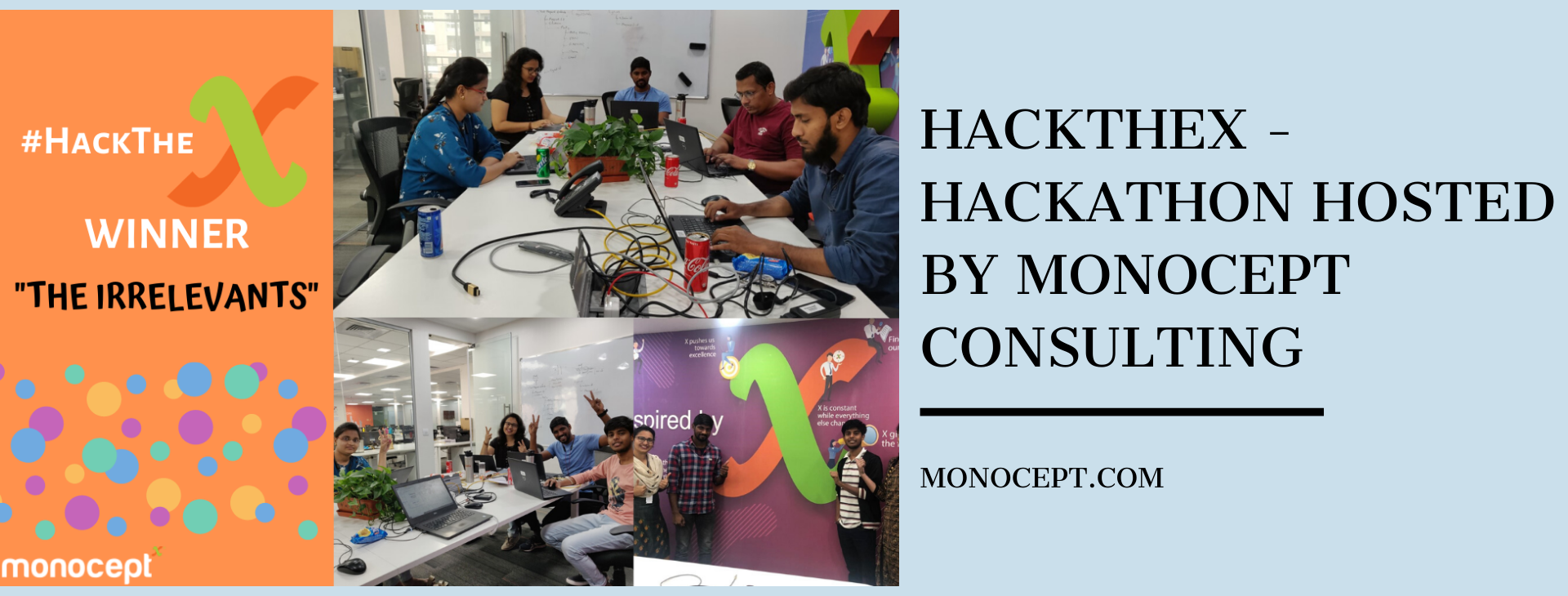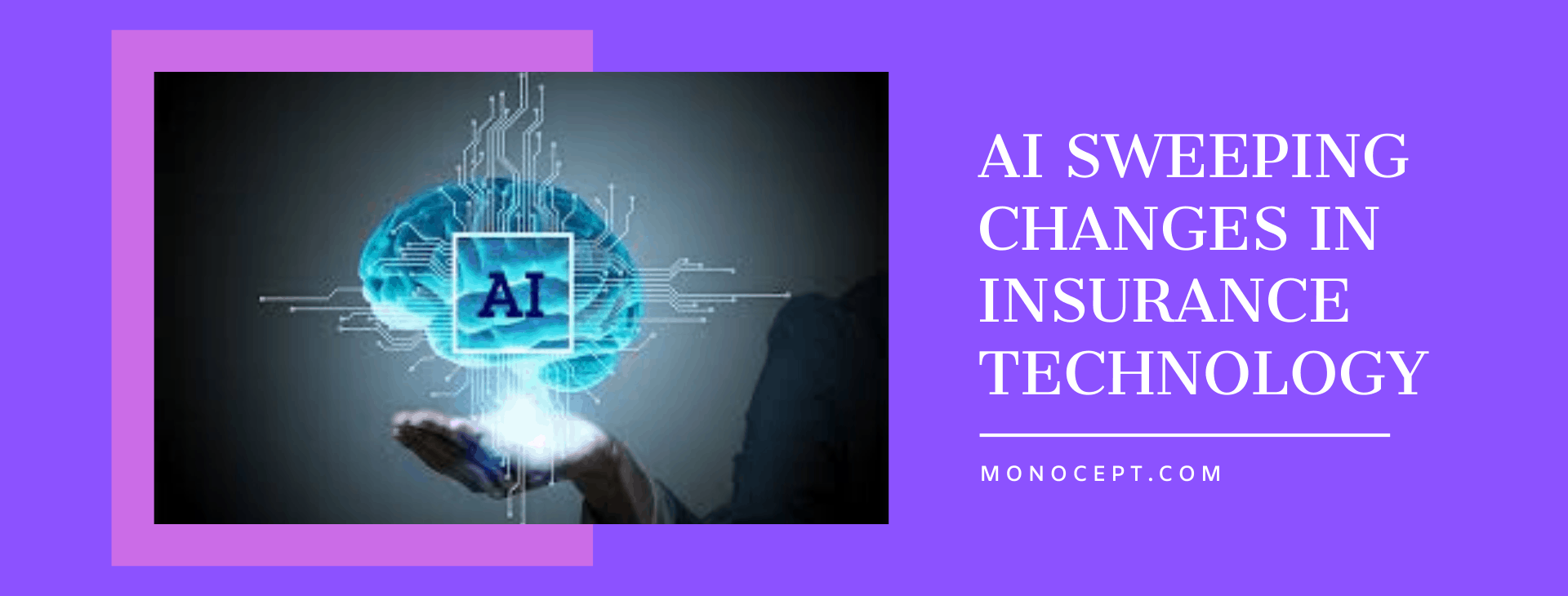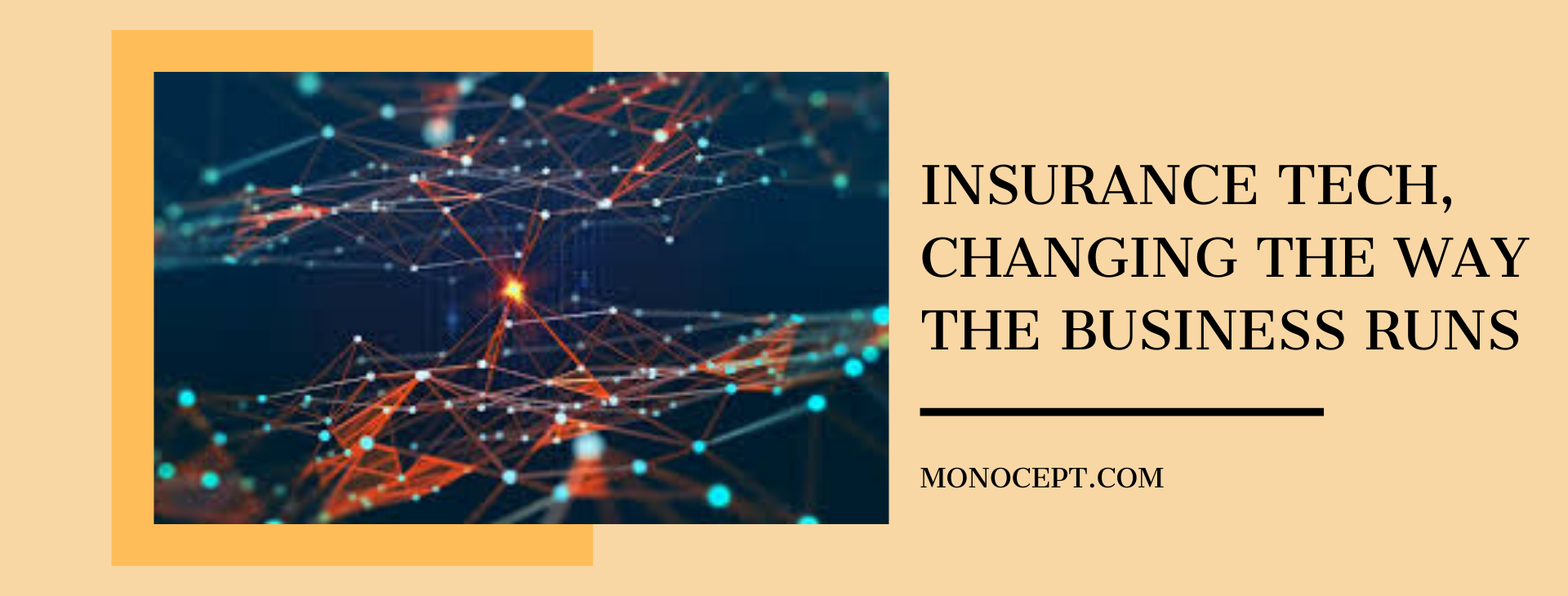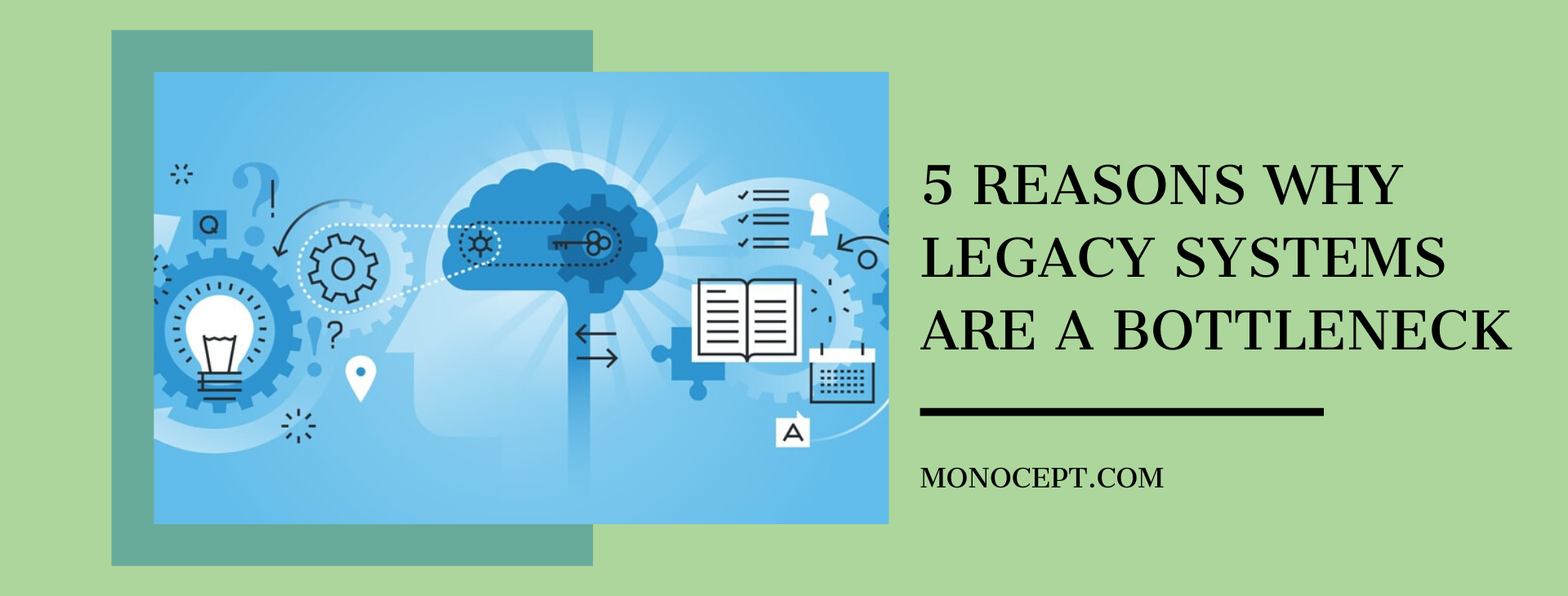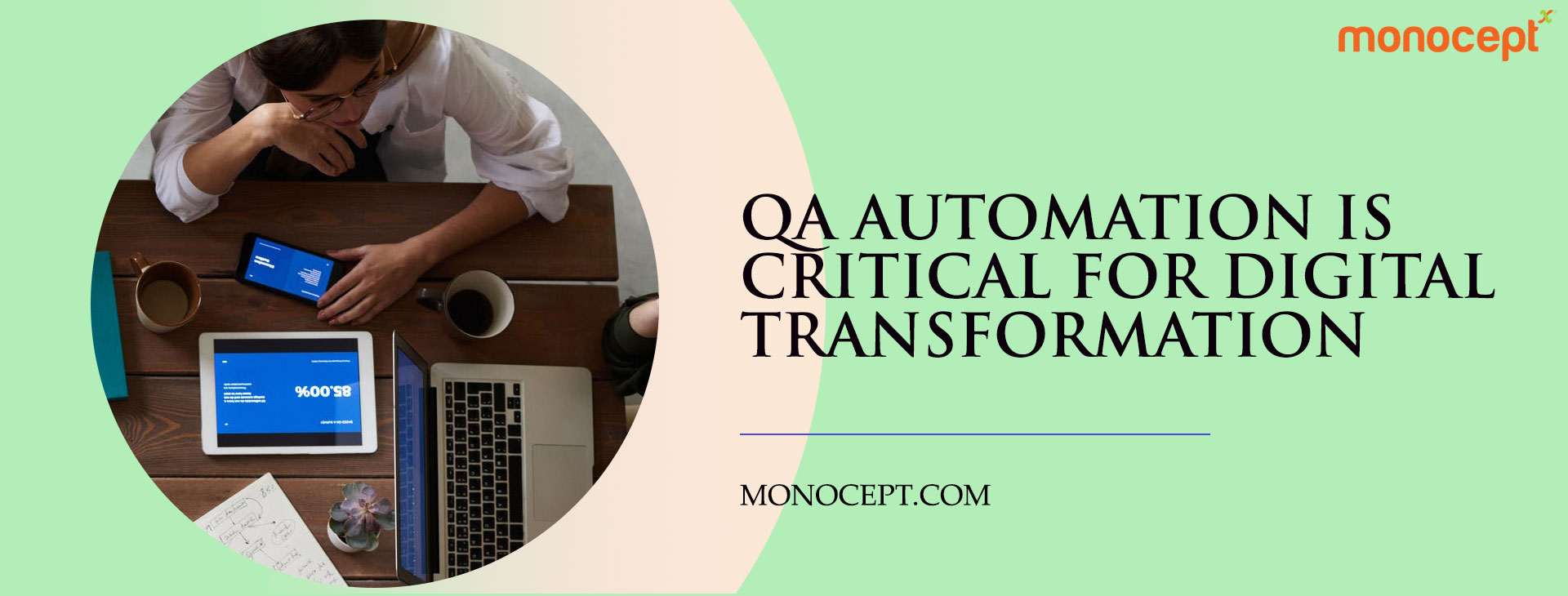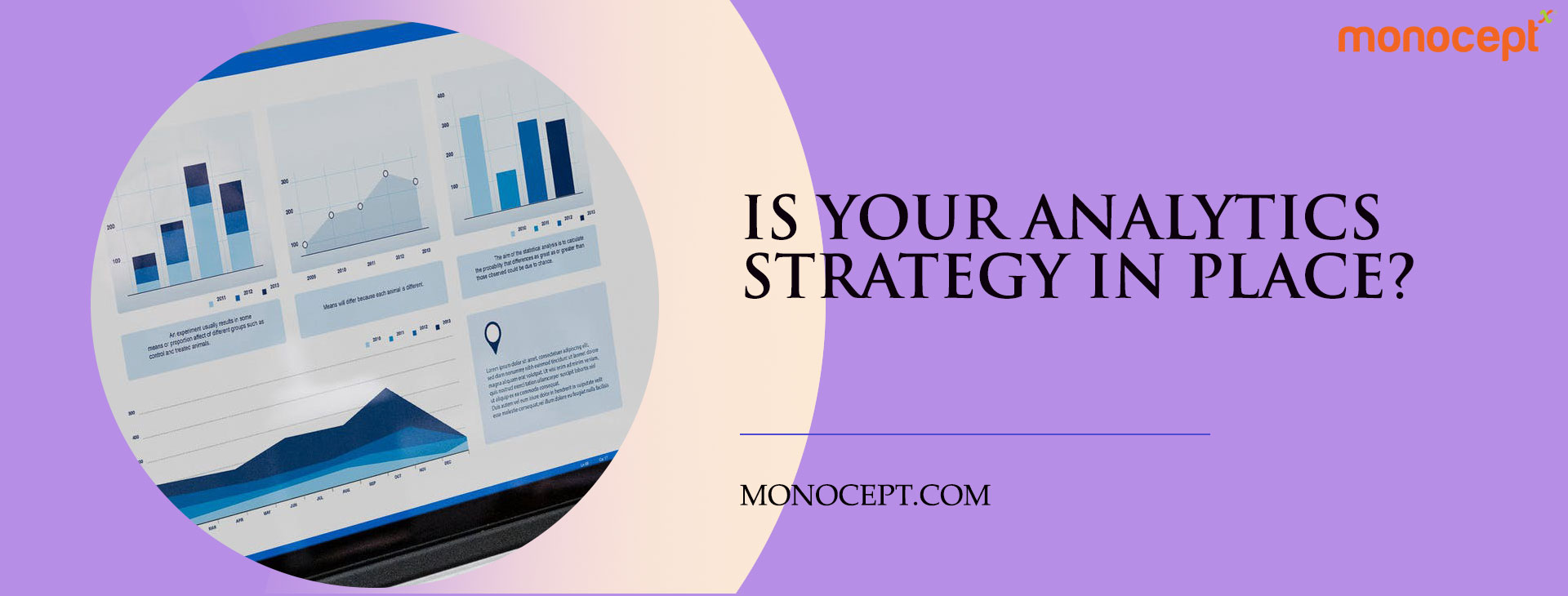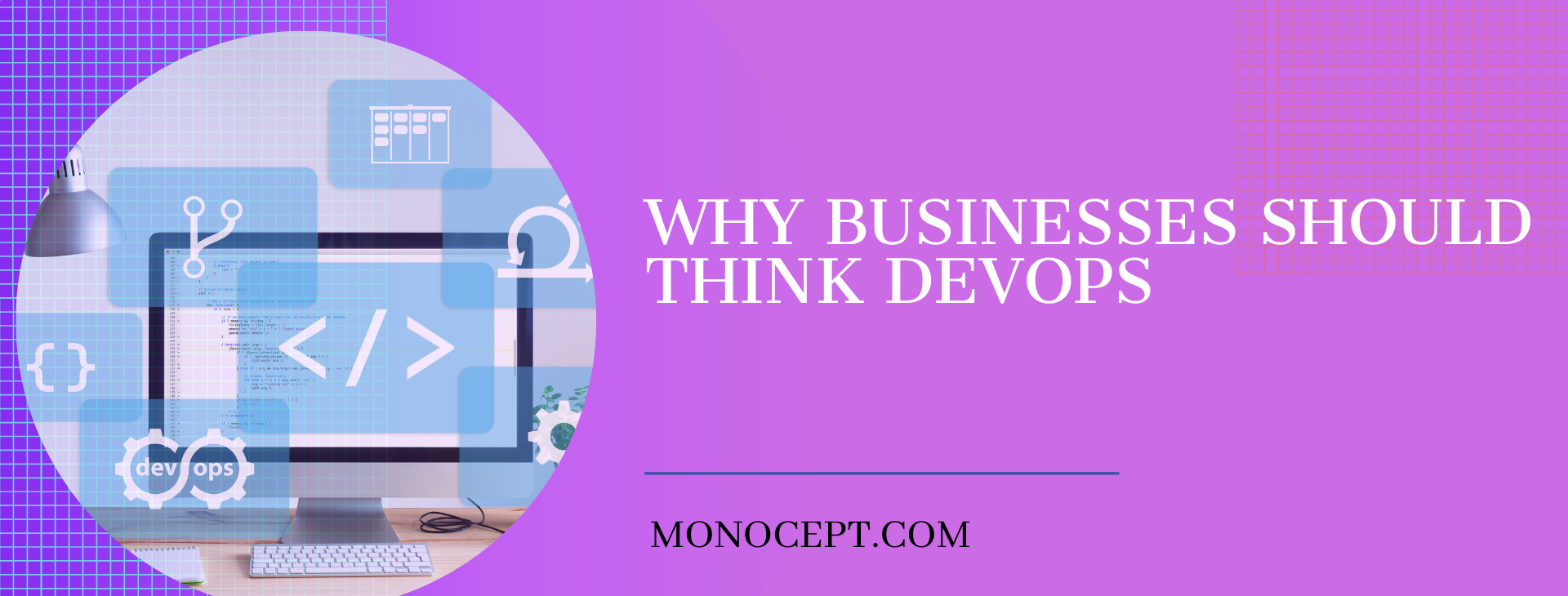Technical Challenges in Building Enterprise Applications
“Everything about the enterprise, and then by definition the software the enterprise uses has changed — just in the last 5 years.”
Aaron Winsor Levie – CEO, Box – an enterprise cloud company
Little wonder that in 2015 the market for enterprise applications for just the banking and financial services vertical alone was a whopping 23.75 billion dollars. By 2020 it will be close to 25 billion dollars. Building an enterprise application in today’s dynamic business environment is more challenging and fraught with risk than it has ever been before. This is primarily down to three key reasons:
Dynamic Business Environment:
Heraclitus of Ephesus is often credited as the man who first coined the phrase “change is the only constant.” However, the dark philosopher of ancient Greece would be hard put to describe the pace of change in the past few decades. Business environments are changing more rapidly than ever before due to a swathe of regulatory, technological and environmental challenges. What was once a tire company is today a service provider that tracks among other information air pressure to ensure optimum mileage for fleet vehicles. What was once a simple wireless communication device is today a tool to access information from any corner of the planet. Companies cannot take their old role for granted anymore. They have to keep pace with a new world that is evolving at an unprecedented pace. The enterprise application has to keep pace with this change and also be adaptable to unknown pivots in direction that will be forced on the business in the future.
Security Issues:
Enterprise applications are vulnerable to known and unknown threats. Detecting today’s external threat and informational thefts are quite difficult.
Few of the causes for these security threats are:
1) New hacking techniques that is sprouting every day.
2) Increasing vulnerability due to latest technology trends namely Open sources, cloud computing.
To combat these threats, enterprises have to build security-aware software which would apply controls at application, network and host level. The control mechanism has to adhere withorganization’s enterprise security architecture framework and regulations such as HIPAA, SOX, etc.
Going Digital:
Enterprise data is no longer limited to the office, as data is moving to the Web where customers can do business in their own offices or from inside their homes. With mobile devices, the data can be accessed anywhere at any time of day, and businesses that are not fully digital can lose customers. Besides new languages and technologies, going digital requires new ways of thinking about user interaction. For example, while desktop systems offer large screens with lots of data and big feature sets, mobile devices must be tightly targeted with simple user interfaces personalized to individual users. This shift is even more difficult for enterprise developers who are used to supporting very large applications.
The key to building an efficient enterprise software solution lies in breaking down the challenges into smaller more manageable components that lead to better understanding of the issues at the micro level. Deconstructing an enterprise build would lead to the following micro-challenges:
- Functional
• Technical
• Engineering
• Operational
• Customer and Environmental Challenges
Breaking it down to the micro-level allows companies to build out the right kind of applications to help drive their business forward. That is the key to doing business in a world of constant flux.
If you are looking for a software development company that has proven expertise in building enterprise applications, do get in touch.
Part II of this post will break down each of the parameters to get into the heart of enterprise application development.
What’s your Challenge? Let’s work together to solve it.












